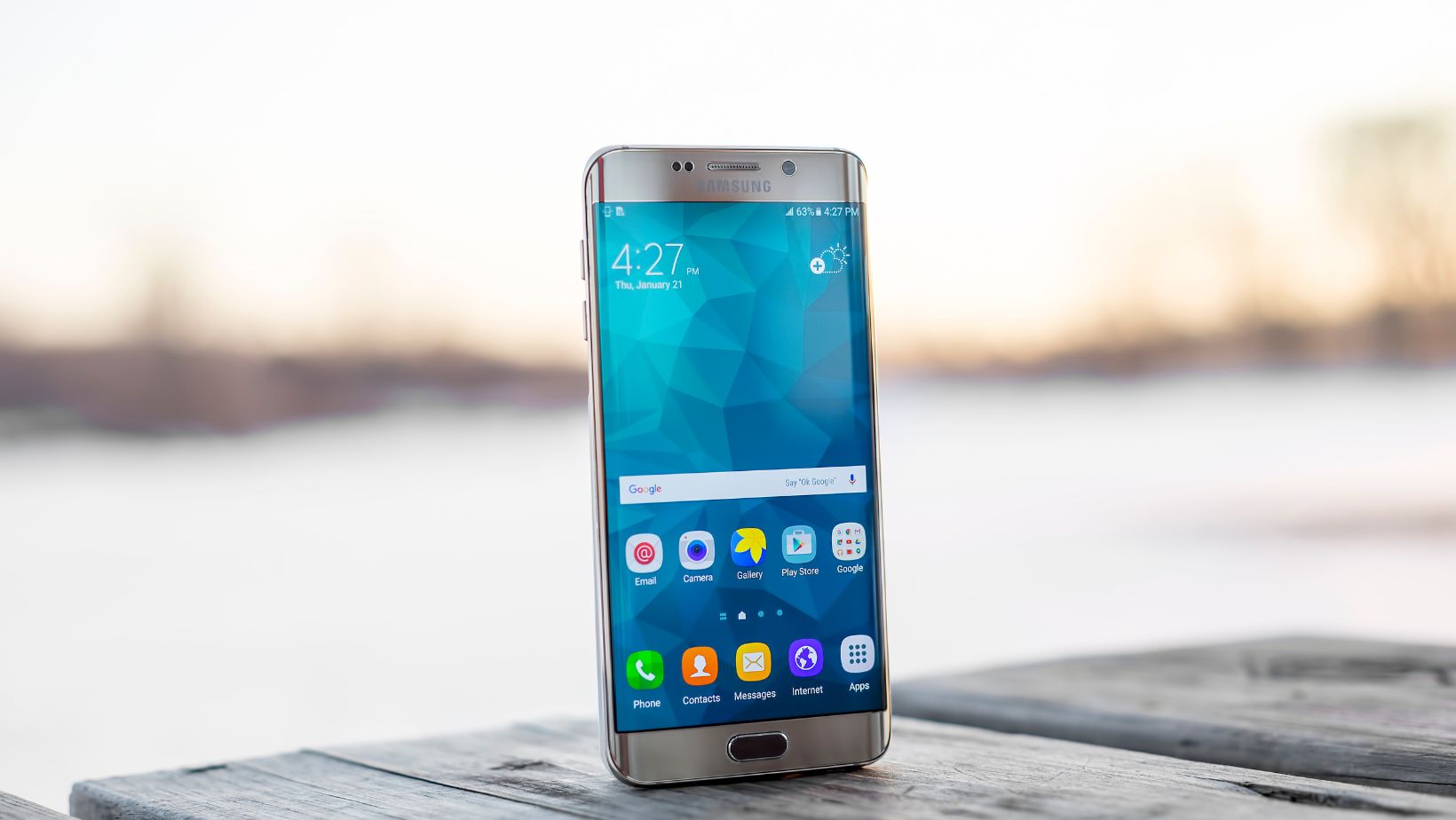Mobile phones have become an essential part of daily life for billions of people worldwide. The demand for innovative features, robust performance, and stylish designs drives the intense competition among phone manufacturers. The global smartphone market is dominated by a handful of major players, each with its own unique strengths and market strategies. This article explores the most popular phone brands around the world, examining their influence, market share, and what makes them stand out.
Apple
Apple Inc., headquartered in Cupertino, California, is arguably the most iconic smartphone brand globally. Known for its premium devices, Apple has created a loyal customer base through its seamless ecosystem, user-friendly interface, and cutting-edge technology. The iPhone, first launched in 2007, revolutionized the smartphone industry with its innovative design and functionality.
Apple’s success can be attributed to its focus on quality, security, and a consistent user experience across all its devices. The iOS operating system is renowned for its smooth performance and regular updates, ensuring users have access to the latest features and security patches. The brand’s emphasis on privacy and data security has also resonated well with consumers, further strengthening its market position.
Despite its premium pricing, Apple remains a top choice in developed markets such as the United States, Canada, Western Europe, and parts of Asia. The introduction of various models, including the more affordable iPhone SE, has helped Apple expand its reach to a broader audience.
Samsung
Samsung Electronics, a South Korean multinational conglomerate, is another dominant force in the global smartphone market. Samsung’s Galaxy series offers a wide range of devices, from high-end flagship models like the Galaxy S and Note series to more budget-friendly options in the Galaxy A and M series. This extensive product lineup allows Samsung to cater to a diverse customer base across different price segments.
One of Samsung’s key strengths is its innovation in display technology. The company is a leader in OLED display production, and its Super AMOLED screens are praised for their vibrant colors and deep blacks. Samsung’s commitment to innovation extends to other areas as well, such as camera technology, battery life, and 5G connectivity.
Samsung has a significant presence in various regions, including North America, Europe, and Asia. Its ability to offer feature-rich smartphones at competitive prices has made it a favorite among consumers in emerging markets as well. You can easily compare S24 Ultra prices online to ensure you’re getting the best deal on your new phone.
Xiaomi
Xiaomi, a Chinese electronics company founded in 2010, has rapidly risen to prominence in the global smartphone arena. Known for its value-for-money proposition, Xiaomi offers high-quality smartphones with impressive specifications at affordable prices. This strategy has been particularly effective in price-sensitive markets like India and Southeast Asia.

The brand’s Mi and Redmi series are well-regarded for their robust performance, innovative features, and attractive designs. Xiaomi’s MIUI, a custom Android-based operating system, provides a unique user experience with regular updates and customization options.
Xiaomi’s success is also driven by its strong online presence and efficient supply chain management. By leveraging e-commerce platforms and social media, the company has been able to reach a wide audience without the need for extensive physical retail networks. This approach has allowed Xiaomi to maintain competitive pricing while still offering high-quality products.
Huawei
Huawei Technologies, another major Chinese player, has made significant strides in the global smartphone market. Known for its advanced technology and high-performance devices, Huawei has built a reputation for innovation and quality. The brand’s flagship P and Mate series are particularly acclaimed for their cutting-edge camera technology, which was developed in partnership with Leica.
Huawei’s Kirin processors, developed by its subsidiary HiSilicon, are known for their power efficiency and performance. The company has also been at the forefront of 5G technology, playing a crucial role in its global deployment.

Despite facing challenges due to trade restrictions and sanctions, particularly from the United States, Huawei remains a strong contender in various markets, including China, Europe, and parts of Africa. The company has focused on developing its own ecosystem, including the HarmonyOS operating system, to reduce its reliance on external software providers.
Oppo and Vivo
Oppo and Vivo, both subsidiaries of the Chinese multinational BBK Electronics, have also carved out significant market shares globally. These brands are known for their stylish designs, advanced camera features, and innovative technology.
Oppo has gained recognition for its fast-charging technology and high-quality cameras. The brand’s focus on design and aesthetics appeals to young consumers, making it a popular choice in many Asian markets.
Vivo, on the other hand, has emphasized its audio and visual capabilities, offering high-fidelity audio and immersive displays. Vivo’s unique features, such as the pop-up selfie camera and in-display fingerprint sensors, have helped it stand out in the crowded smartphone market.
Both brands have a strong presence in countries like China, India, and various Southeast Asian nations. Their aggressive marketing strategies and sponsorship of major sporting events have also contributed to their growing popularity.
OnePlus
OnePlus, another BBK Electronics subsidiary, has gained a loyal following for its flagship-killer devices. Known for offering premium features at mid-range prices, OnePlus has built a reputation for delivering high-performance smartphones with a clean and user-friendly interface. The OxygenOS, based on Android, is praised for its smooth performance and minimalistic design.
OnePlus initially focused on online sales and community-driven marketing, creating a strong brand identity among tech enthusiasts. The company’s flagship models, such as the OnePlus 9 and OnePlus 10 series, offer top-tier specifications, including powerful processors, high-refresh-rate displays, and advanced camera systems.
The brand’s expansion into the mid-range segment with the OnePlus Nord series has also been well-received, allowing OnePlus to cater to a broader audience. OnePlus has a significant presence in markets like India, North America, and Europe.
Conclusion
As technology continues to evolve, it will be interesting to see how these brands navigate new challenges and opportunities, from the adoption of 5G and AI to the development of new form factors like foldable phones. The quest for market dominance will drive further innovation, benefiting consumers with even more advanced and diverse smartphone options.














































































































